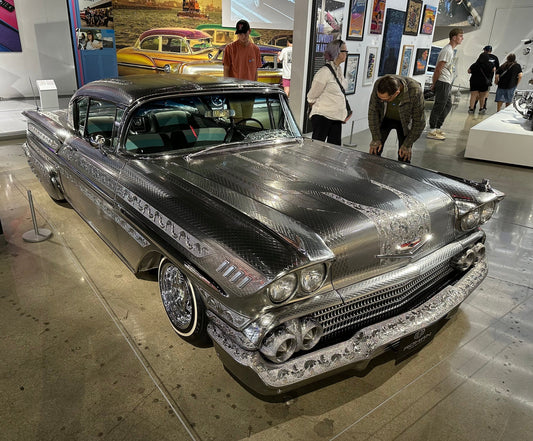When we want more of a good thing, it's important to understand which "more" matters.
Take upsampling and oversampling: buzzwords tossed around like spare change. Both processes offer more but they’re not the same thing, and understanding the difference can help explain why some DACs—like our DirectStream DAC—sound more natural and musical.
A standard CD plays music at 44.1kHz—which means it samples the original analog sound 44,100 times per second. That’s fine, but it’s not the smoothest representation of music. So, what happens when we want to improve it?
Upsampling is like taking a photo and digitally enlarging it. It gets bigger but also more grainy because there's no more information. It’s just a bigger version of what was already there. The vast majority of DACs use upsampling to push the signal into a higher resolution before converting it to analog, and while this can have benefits—like enabling a non-destructive digital volume control and better marketing spin—it’s not inherently better-sounding.
Oversampling, on the other hand, is a more sophisticated approach used by a scant few DACs. Instead of just stretching the data, oversampling reprocesses it, intelligently filling in the gaps (using what we call interpolation—guessing at what was probably missing) to create a more natural, analog-like wave. This reduces digital artifacts and makes music sound smoother and more lifelike.
In our DirectStream DAC, for example, we take this concept further by converting everything to DSD256—a format that oversamples at 256 times the CD rate (over 11.2 million samples per second). DSD’s high-speed, oversampled, noise-shaped signal removes digital harshness, improves resolution, and gives music a rich quality that feels closer to the original performance.
Upsampling makes things bigger. Oversampling makes things better.
Up and over, indeed. 🎶









